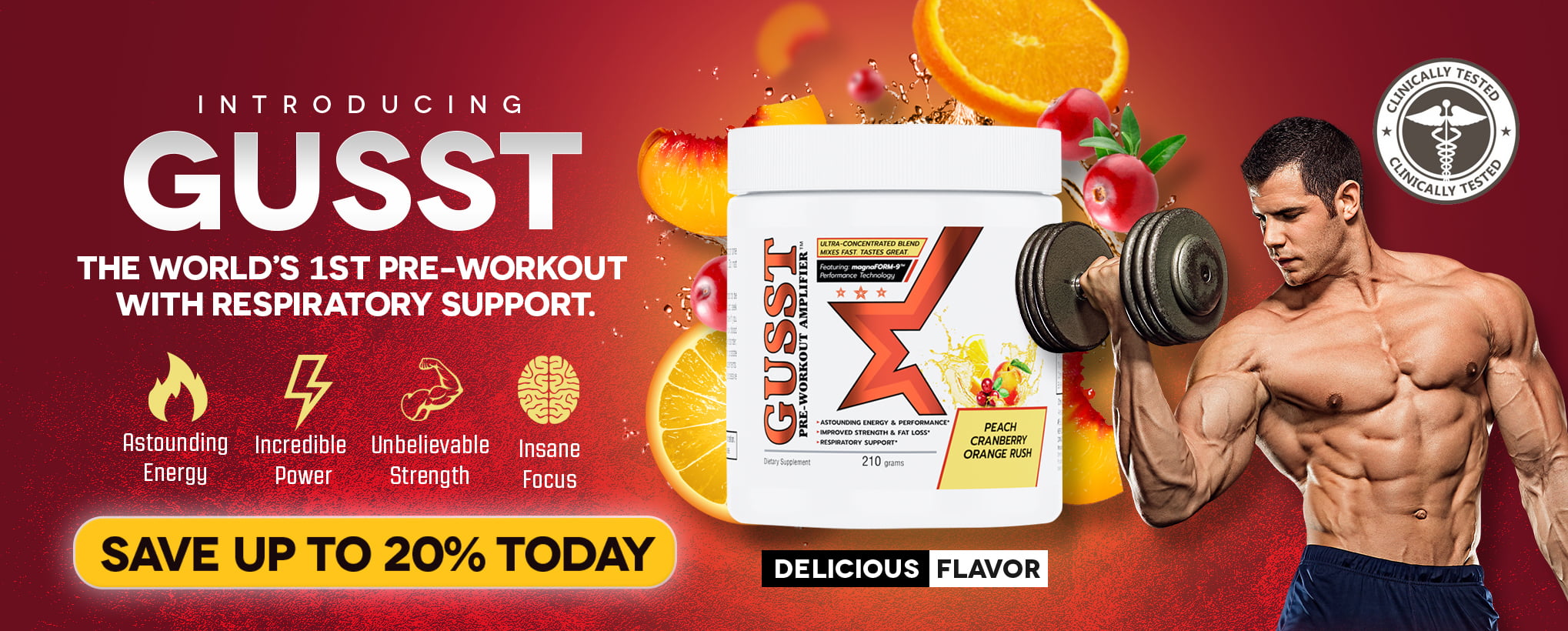
Learn the difference between open and closed chain exercises to optimize your workouts
When it comes to your workout, what if you could work smarter to achieve your ideal results? Working smarter starts with understanding the basics of movement. It also means identifying which movements and types of exercises you should use to get the results you want.
One type of exercise you might be familiar with is joint involvement. Movements involving joints come in two varieties, compound or isolation. Compound movements involve several joints and include exercises such as squats and deadlifts. On the other hand, isolation exercises focus on one joint. Bicep curls are a good example.
While it's important to know the difference between the two and their benefits as you plan your workout regimen, it's equally as important to understand the kinetic chain and how exercises on the chain can ramp up your results.
What is the kinetic chain?
The kinetic chain envisions the body as a set of systems that are all interrelated. As these systems work together, they produce actions like walking, running, lifting, and jumping. As your joints work together across your different body systems, they produce movement. These movements are classified into two groups: closed or open chain movements.
Closed chain movements are those movements and exercises where the end of the lever—your arms or legs—remain stationary. For instance, squats are considered a closed chain movement since our feet remain stationary. Open chain movements are those where the end of the lever is not stationary. An example of an open chain movement is a bicep curl. Most closed chain movements are compound in nature, while open chain movements typically are isolation movements.
Is one type of movement better than the other?
While initially it may seem that compound or closed chain movements are best, the truth is, both types of movements are needed in a well-rounded workout regimen. Compound movements can mimic our daily actions and activities a bit more accurately, making them seem more functional than isolation exercises. Open chain exercises, however, can help you target specific muscles that you may want or need to develop.
While trainers or physical therapists may prefer one type of movement over another, there isn't a consensus on one being better than the other. Both are needed in a well-balanced routine. While some trainers or physical therapists may prescribe open chain movements to isolate and rehabilitate specific muscles, others might recommend closed chain exercises to help distribute the stress and tension across broader muscle groups versus overloading a particular muscle. Each type of exercise has its place in pain management, injury rehabilitation, post-surgical care, and athletic training.
Whether your daily routine includes one or both types of kinetic movements, preparing your body to work is critical. A high-quality pre-workout supplement can help boost your focus, workout intensity, and endurance. We recommend GUSST: Pre-Workout Amplifier from BELDT Labs to optimize your results. GUSST improves brain function so you can focus on your workouts and feel more energized throughout, no matter what type of exercises are on your schedule for the day.
By understanding the differences between closed and open chain kinetic movements and what each does, you can begin to work smarter when it comes time to hit the gym—experiment with both to find out what works best in achieving your fitness goals.




